Top Lists
9 Turning Points In History That Drastically Influenced The Fashion
The history of fashion can be dated back to Ancient Rome and Ancient Egypt. At that time, clothes were a visual marker of status and a symbol of wealth. The evolution of fashion aligns with the evolution of mankind and societal changes.

The history of fashion can be dated back to Ancient Rome and Ancient Egypt. At that time, clothes were a visual marker of status and a symbol of wealth. The evolution of fashion aligns with the evolution of mankind and societal changes.
Fashion refers to the styles of dress that are currently in vogue. Fashion goes beyond just clothes, though. It can extend to shoes, jewellery, and even how you style your hair.
Far back in the 1960s and 1970s, hippies made bell-bottomed blue jeans popular. In the 1980s, Michael Jackson made parachute pants all the rage. As of now, trying to find these clothing items in stores may be pretty difficult.
Over time, the new replaces the old. People are influenced by popular culture, including athletes, musicians, movie stars, social media, and royalty. They also pay attention to what people wear in popular films, television shows, online videos, books, and music. We also are influenced by the fashion industry’s advertising.
Take a look at the list we compiled of 9 Turning Points In History that have drastically influenced the fashion;
1. Black sunglasses became a trendy fashion item because it conceals eyes’ redness.
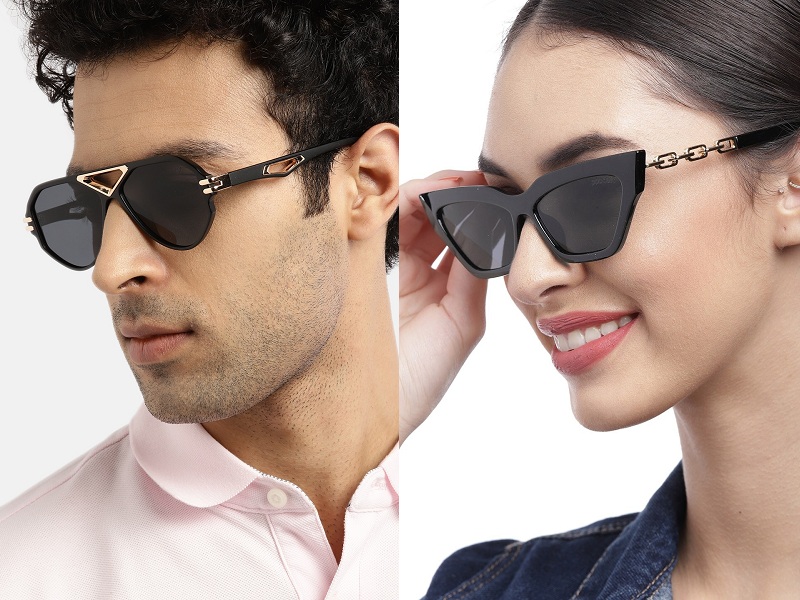
At the beginning of the 1920s, movie stars started to widely wear sunglasses. They were doing it not only for hiding from their fans but also to conceal their red eyes. At the time, powerful arc lights were widely used on sets that were emitting bright light containing ultraviolet. It often makes the actors’ eyes turn red.
This accessory became affordable for the public after the year 1929 when Sam Foster mastered the manufacture of cheap sunglasses and started to sell them on beaches.
Now we have many brands that produce sunglasses like Ray-Ban, Gucci, Prada, Oakley and Armani etc…
2. Coco Chanel decided that a black dress can also be elegant and stylish.
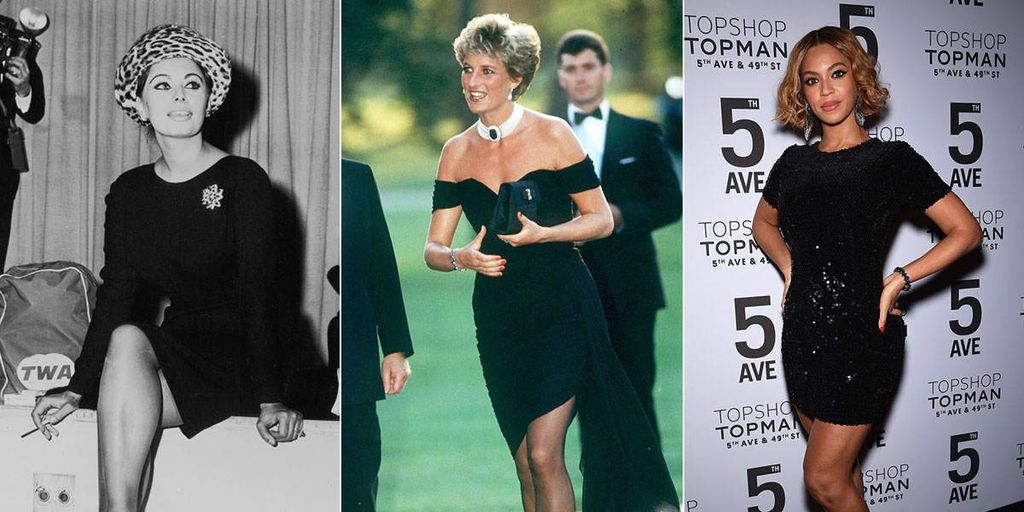
In 1912–1913, the actress Suzanne Orlandi was one of the first women to wear a Chanel little black dress made from velvet with a white collar. But it became widely spread only in 1926 after the Vogue edition publishes photos of Chanel’s little black dress with long sleeves.
According to Chanel herself, she let non-wealthy people “walk like millionaires” although it was not that long ago when wearing black was meant for servants only.
However, thanks to the French fashion designer, this little black dress outfit has remained popular for many years and all because of its affordable price and elegant look.
3. Corset lost its popularity with the growth of women’s independence.
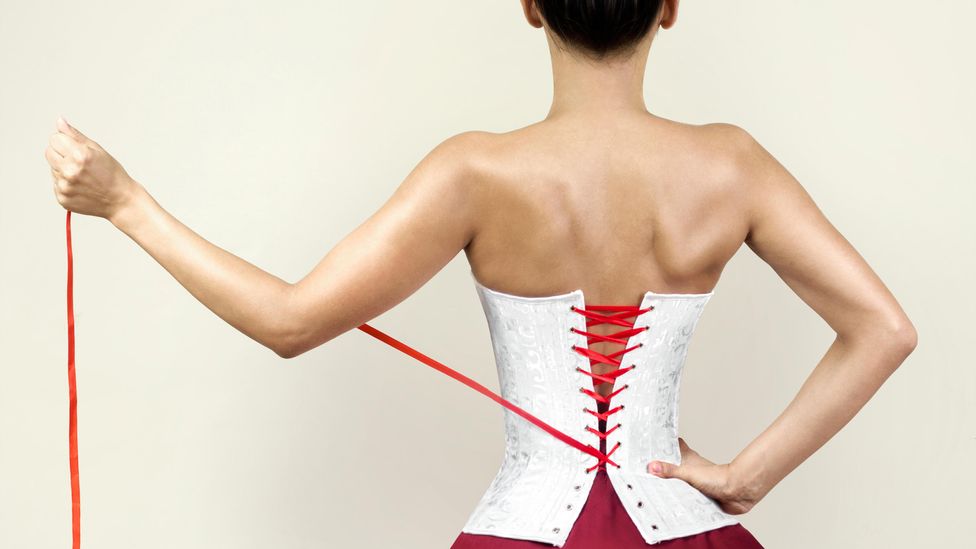
Corsets have been an indispensable support of women’s underwear in Europe for several centuries. Their popularity reached its peak in the Victorian era. But in the middle of the 19th century, corsets started to be sharply criticized by doctors who insisted on the negative effect of this wardrobe item on the female body.
At the end of the 19th century, women themselves started to stand for wearing more comfortable clothes that weren’t restraining their movements like corsets.
After 1920, the popularity of corsets almost disappeared. Instead, women started to wear belts and elastic bras. Corset is now worn occasionally to enhance tiny waistlines by women.
4. Fedora hat was a theatrical prop that became trendy.
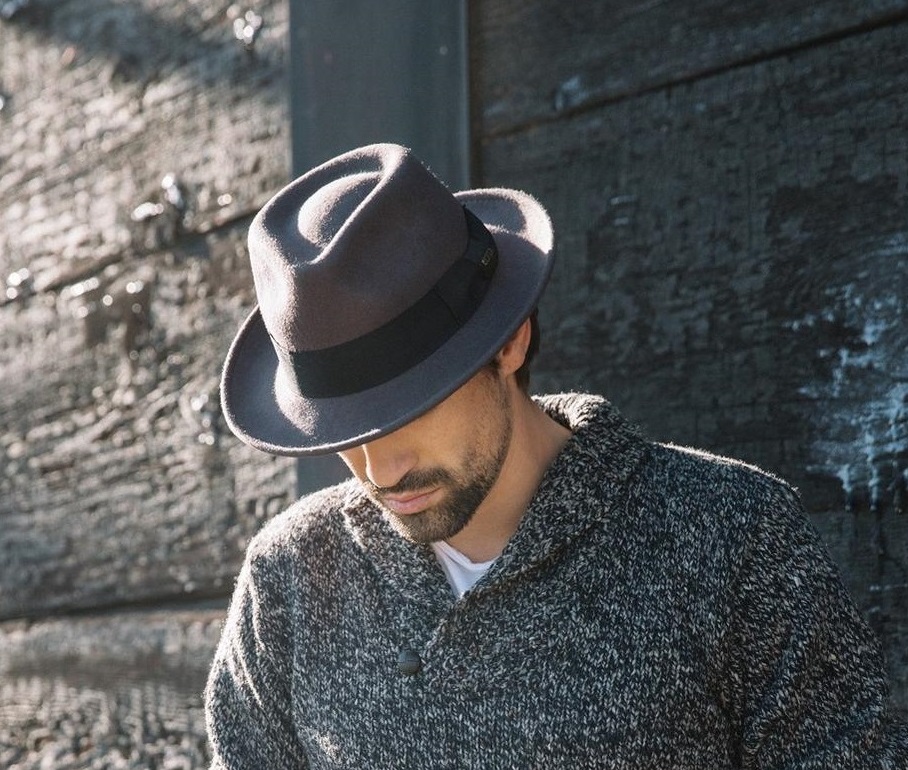
At the beginning of the 20th century, the Fedora hat was one of the main elements of men’s looks. Men wore it in almost all public places. But it became a particularly common accessory when Prince Edward VIII of Wales made the felt hat his main headdress.
In the 1880s, several decades before felt hats had conquered men’s hearts, the French theatre actress Sarah Bernhardt popularized it among women. Bernhardt played Fedora in the theatre and the soft felt hat was a part of her costume, which viewers liked a lot.
Also, the Fedora hat became popular among female activists who were fighting for gender equality.
5. Aerobics Exercises brought leggings into fashion.
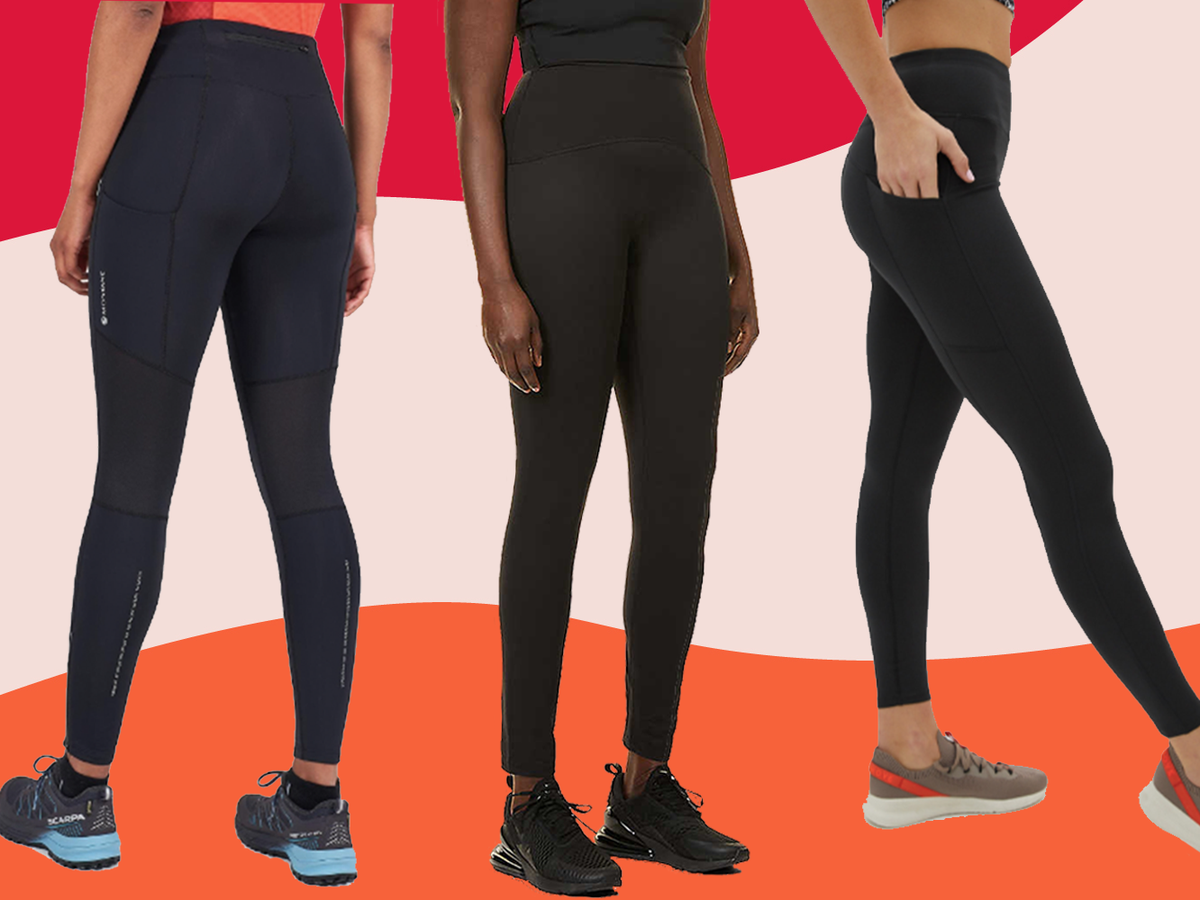
In 1982, the already famous actress Jane Fonda released lessons on aerobics that quickly turned into bestsellers. She was teaching housewives to do fitness while wearing bright leggings in different colours.
Aerobic exercise gained worldwide popularity and that made leggings trendy and an item that soon became an integral part of women’s wardrobes.
6. Board shorts were designed specifically for surfers.

Water sports started to get more and more popular at the beginning of the 20th Century. In the middle of the last century, men developed a special love for surfing.
In Hawaii, avid surfers were looking for swimming trunks that would not fly off from the impact of large waves. That’s why local tailors sewed shorts made of thick canvas with lacing at the waist so that they wouldn’t fall off the body.
Such board shorts were liked not only by surfers but also by ordinary beachgoers. And with this, it became a fashion item for men who are beach lovers.
7. The appearance of cars forced men to abandon hats.

At some point, almost all men were wearing hats: caps, Fedoras, boaters, top hats, etc. This headwear was widespread regardless of class. This can be perfectly seen in century-old photos; it’s hard to find a person without a hat in them. However, sometime later the popularity of hats started to decrease and later men refused them completely.
According to one of the theories, this was due to the mass distribution of low-roof cars in the 1920s. First of all, when a person sits in a car, there is no need to wear a hat as protection from bad weather. Secondly, getting into and out of the car wearing a hat is not very comfortable because it keeps falling off. That’s why men started to wear hats more rarely.
8. Women begin to dress in trousers because of “Bikes”

Once upon a time, trousers were worn by men exclusively by men ever since they were created. In many world regions, this tradition was even enshrined in law. But at the end of the 19th century, women started to use bikes more and more often and loose trousers started to replace puffy skirts and dresses in their wardrobes as it was much more comfortable to ride bikes in them.
By the beginning of the 20th century, women started to wear full-length trousers. In the 1930s, trousers were perceived as a normal female clothing item. It happened after such actresses as Marlene Dietrich, Katharine Hepburn, and other famous women started to appear in them. In 1939, the Vogue journal published photos of women in trousers for the first time.
9. Twiggy’s slenderness made a stir in society, Women dream of losing weight.
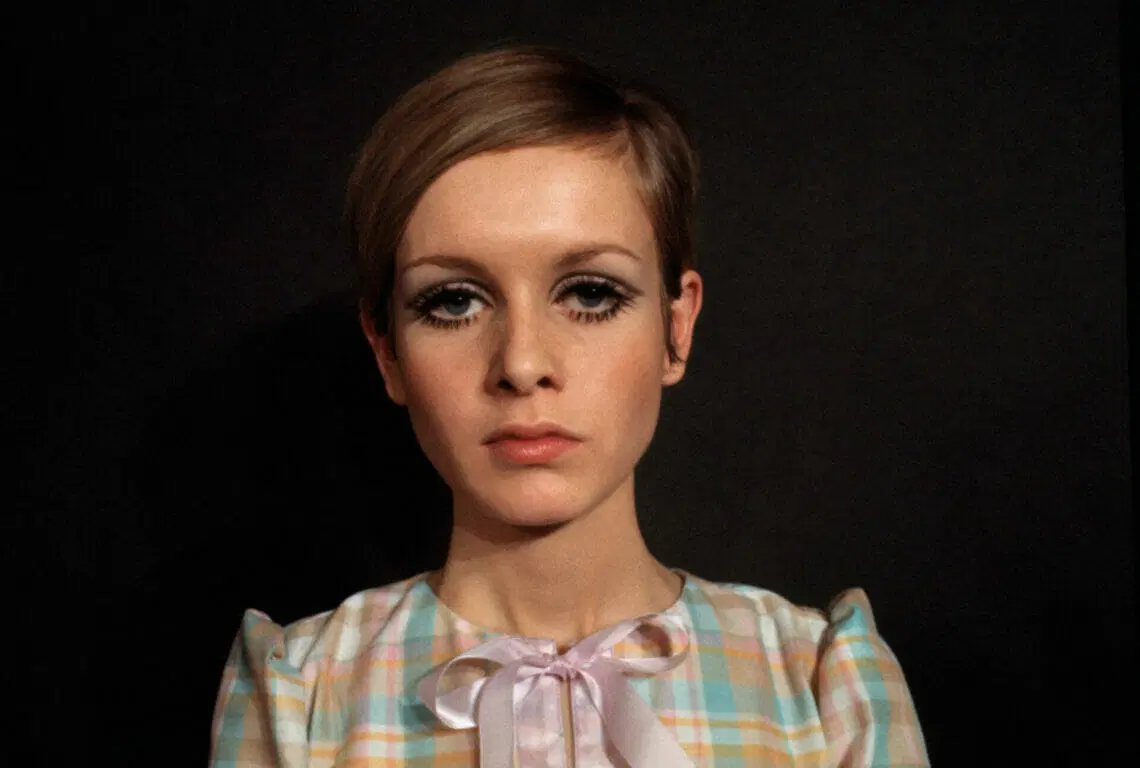
Twiggy was a British cultural icon and a prominent teenage model during the swinging ’60s in London. She made a revolution in the fashion world. After she appeared, the whole fashion industry was turned upside down because, at that time, most fashion models had curvy body shapes.
While they were advertising glamorous clothes for wealthy consumers, Twiggy, who came from a working-class family, was promoting affordable casual outfits for thin people. It was thanks to her that women all over the world started to dream of losing weight, and also began to cut their hair short and wear short dresses in bright colours.
More Articles on RNN
- Top 10 Best Fashion Schools to Study in Canada in 2023
- Little Things That Changed The Course Of History
- Top 10 Famous People That Changed The World
- Top 10 World’s Infamous Blunders That Changed History
